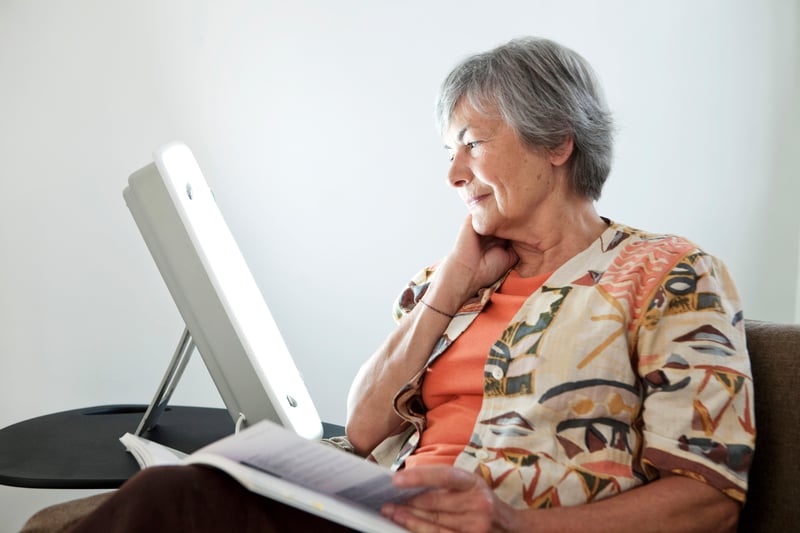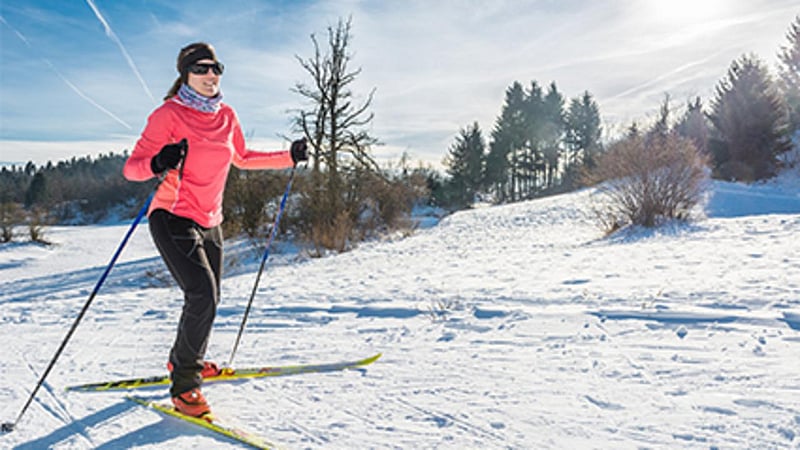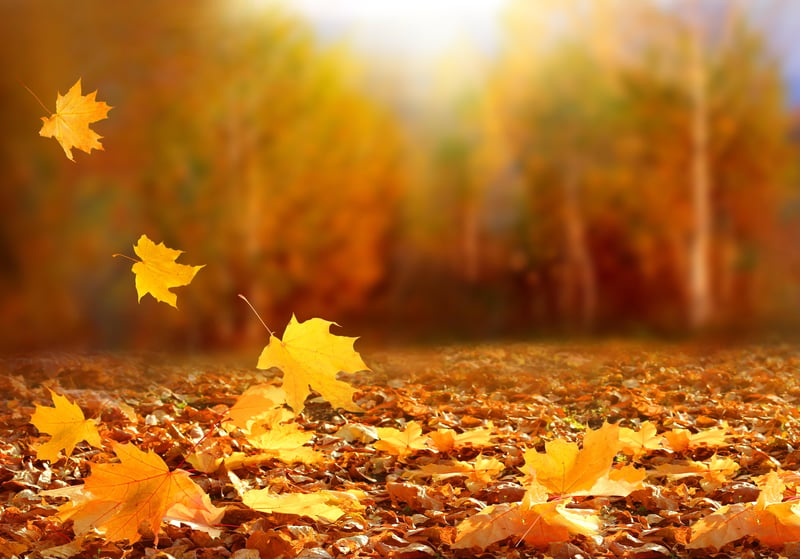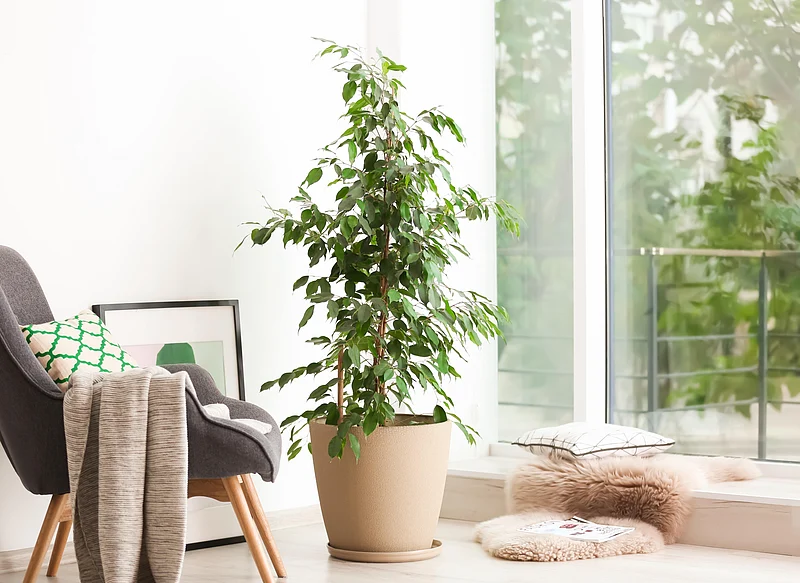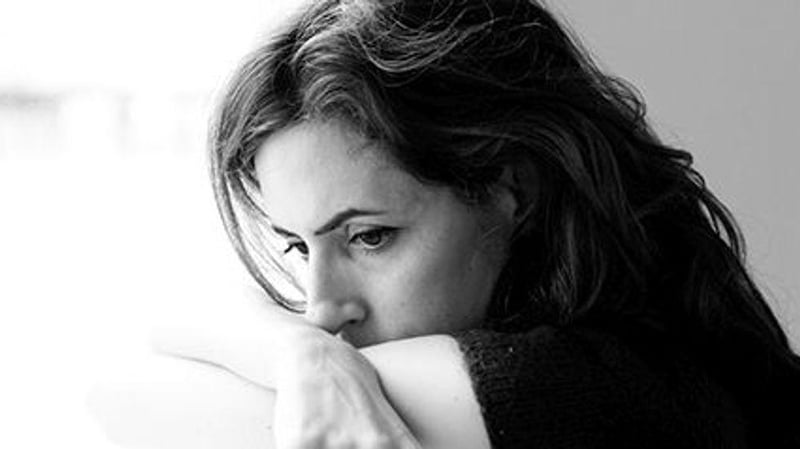Get Healthy!
8 Results for search "Seasonal Affective Disorder (SAD)".
Health News Results - 8
Ever heard of the winter blues? This common phrase is used to describe that blah feeling that strikes during winter months when the weather is cold and the sky is gray in many parts of the country.
The reality is, the winter blues is a form of depression.
"When there is a shift in the season and our access to daylight, our bodies struggle to adjust to the new light and time frame,"<...
- HealthDay Reporter
- Mandi Harenberg
- |
- May 18, 2023
- |
- Full Page
A good workout can boost mood, making it an ideal routine as the days get shorter and darker.
If you're one of the millions affected by seasonal affective disorder (SAD) and you feel tired, unmotivated, down on life and crave carbs and sweets, staying active can help. An expert from Baylor College of Medicine in Houston offers some tips for maintaining an exercise routine.
"With se...
- HealthDay Reporter
- Cara Murez
- |
- November 12, 2022
- |
- Full Page
As the daylight hours shrink, people's moods can wind up in the tank.
Rest assured, you're not alone. It's the SAD season for those affected by seasonal affective disorder. That's the depression, fatigue and withdrawal that shorter days and longer nights often bring.
"The seasonal mood change can come in different shapes and forms,"said
When summer turns to fall, the shorter days can cause some people to feel the "winter blues." Now one expert offers information on how to cope with seasonal depression, which comes during the cold, dark months of the year.
Also known as seasonal affective disorder (SAD), the condition ca...
- HealthDay Reporter
- Cara Murez
- |
- October 8, 2022
- |
- Full Page
It's safe to say that when searching for somewhere to live most people prefer open, airy spaces over dark and dingy ones. Now, new research suggests why: Homes filled with lots of natural light makes for happier residents.
- HealthDay Reporter
- Alan Mozes
- |
- August 29, 2022
- |
- Full Page
Though the days are getting noticeably longer, if you're feeling down this winter, you might have a form of depression called seasonal affective disorder, or SAD.
SAD, which typically begins as daylight shrinks in the fall, affects about 5% of U.S. adults. It's more common ...
- HealthDay Reporter
- |
- February 9, 2022
- |
- Full Page
If winter gets you down, you may have a form of depression called SAD.
That's short for seasonal affective disorder.
SAD brings on mood changes during fall and winter, when there is less sunlight, and symptoms typically ease up in the spring. But the...
- HealthDay Reporter
- |
- January 23, 2022
- |
- Full Page
As clocks are turned back an hour this weekend and it gets dark earlier, many people will begin grappling with seasonal affective disorder (SAD).
The disorder -- also known as winter or seasonal depression -- affects up to 5% of Americans, but rates are much higher in Northern U.S. states (10%) than in Southern states (1%).
"It helps to remember that these shortened, colder days are...
- HealthDay Reporter
- Robert Preidt
- |
- November 5, 2021
- |
- Full Page

